Do you love plants and nature? Here are the must-visit botanical gardens in Bavaria:
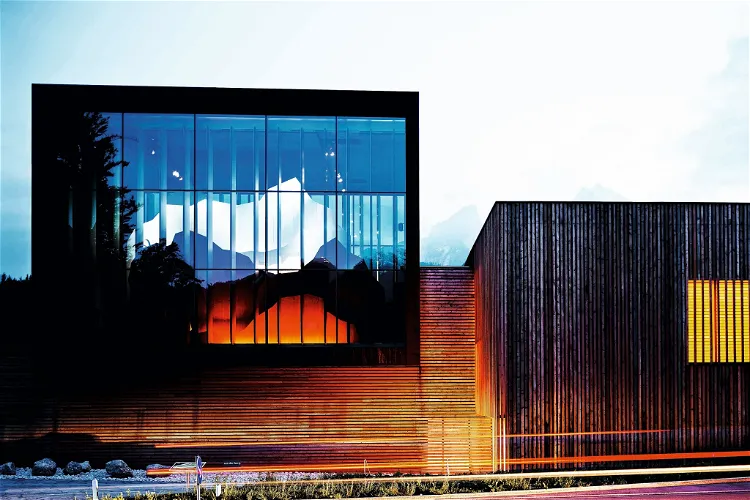
Haus der Berge - Nationalparkzentrum Berchtesgaden
BerchtesgadenThe Haus der Berge in Berchtesgaden serves as the central information and education center of the Berchtesgaden National Park. It provides visitors with comprehensive information about the park and its diverse ecosystems. The center also offers educational programs aimed at promoting understanding and appreciation of the natural environment.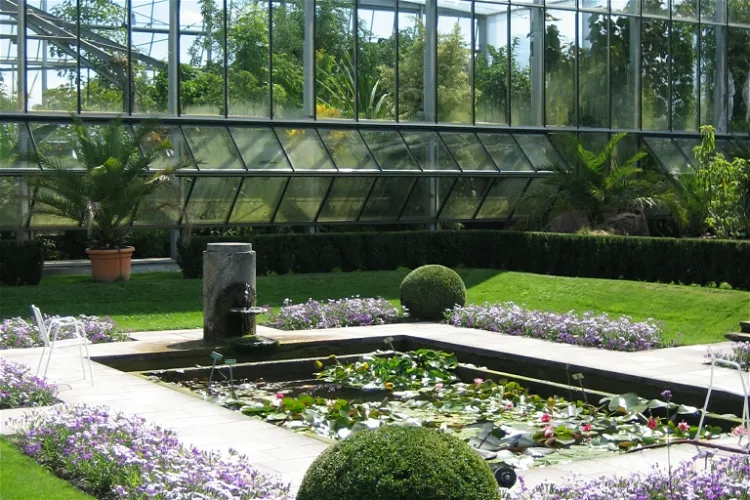
Botanical Garden Augsburg
AugsburgThe Botanische Garten Augsburg is home to an impressive variety of plant species. It hosts over a million species of Alliaceae, a family of plants that includes onions, garlic, and leeks, among others. In addition, the garden features about 3100 species and varieties of different plants. This diversity makes the garden a fascinating place for botany enthusiasts and casual visitors alike.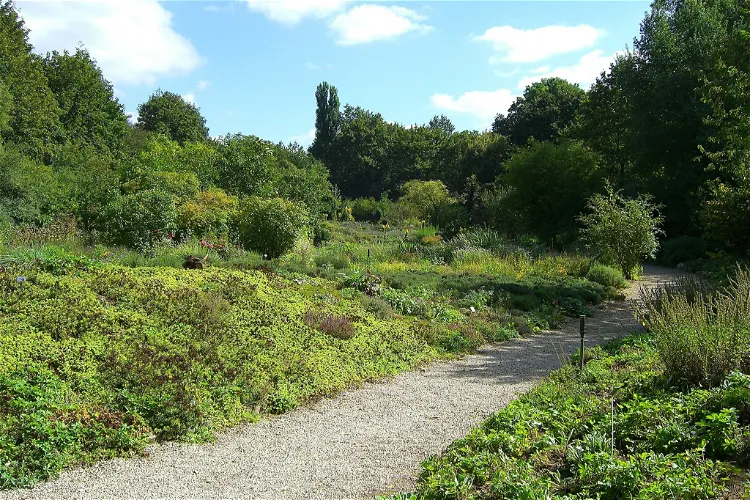
Aromatic Garden
ErlangenOpened in 1981, the Aromagarten Erlangen was the first garden of its kind in the world. It covers an impressive area of 8,900 m² and houses about 120 native and foreign aromatic plants. These plants are used for medicinal purposes, as spices, and in cosmetic preparations. The garden offers a unique opportunity to learn about these plants and their uses.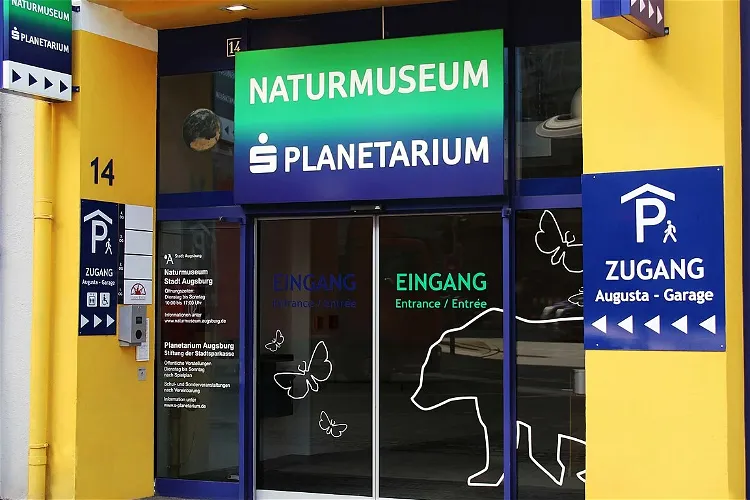
S-Planetarium and Nature Museum
AugsburgThe Naturmuseum Augsburg, located in the "Augusta Arcaden" in the northern old town, is operated by the city of Augsburg. This location is easily accessible and is situated in a historical part of the city, making it a convenient and interesting destination for tourists.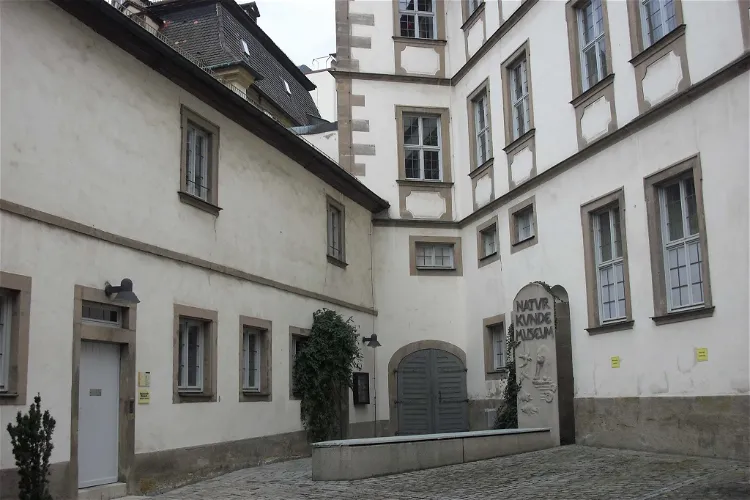
Natural History Museum
BambergThe Natural History Museum in Bamberg, Germany, is a historic institution that dates back to 1791. It was established by Prince-Bishop Franz Ludwig von Erthal and is housed in the historic rooms of the Jesuit College in the island city. This location adds a unique charm to the museum, making it a fascinating destination for tourists interested in natural history and historic architecture.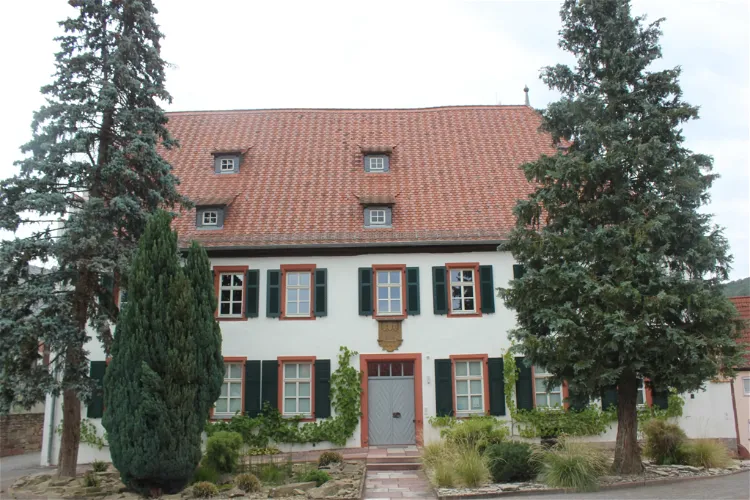
Museum Terra Triassica Euerdorf
EuerdorfThe Museum Terra Triassica in Euerdorf, Unterfranken, is a unique institution that offers a deep dive into the geological history of the Germanic Triassic of the Central European Basin. Visitors can explore the fascinating world of the Triassic period, which spanned from 252.5 to 201.5 million years ago, and learn about the various geological transformations that occurred during this time.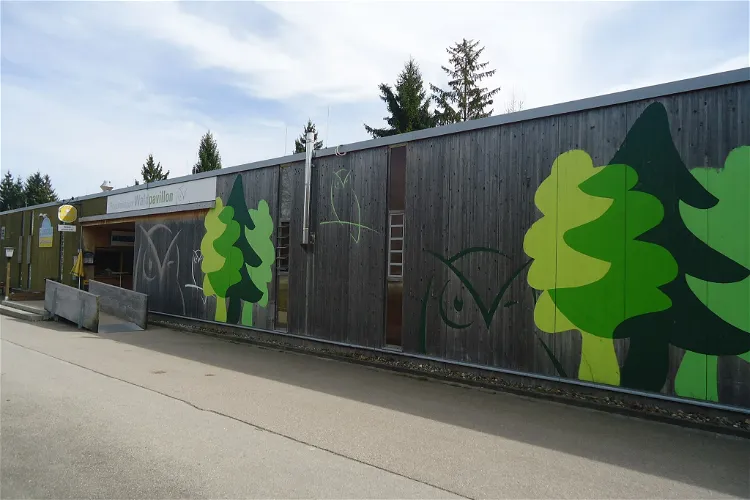
Forstmuseum Waldpavillon
AugsburgThe Forstmuseum Waldpavillon is a museum dedicated to the functions and tasks of the Augsburg city forest. It is operated by the city forestry administration of Augsburg and is situated in the Hochfeld district. The museum is easily accessible and is located near the parking lot of the Bezirkssportanlage Süd on Ilsungstraße, not far from the Siebentischanlagen and the Zoological Garden.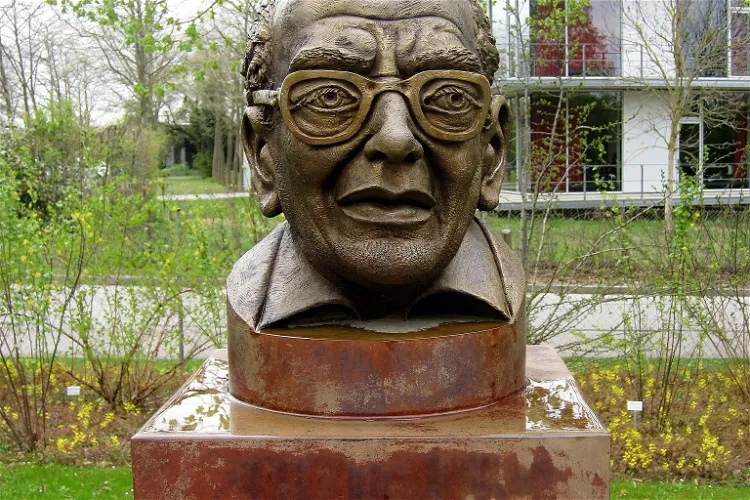
Sichtungsgarten Weihenstephan
FreisingThe Sichtungsgarten Weihenstephan is a botanical garden that spans over 7 hectares. It is dedicated to the exhibition and study of woody and shrubby plants. The garden is affiliated with the "Fachhochschule Weihenstephan", a university of applied sciences.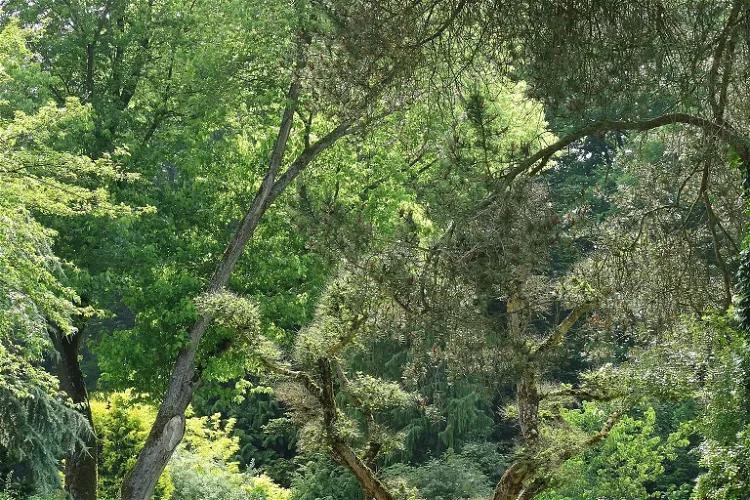
Hof Botanical Garden
HofThe Botanical Garden of the city of Hof is a municipal botanical garden that offers a unique experience to its visitors. It is divided into 32 different quarters, each representing a landscape replica from various continents. This allows visitors to experience a variety of natural environments without leaving the garden.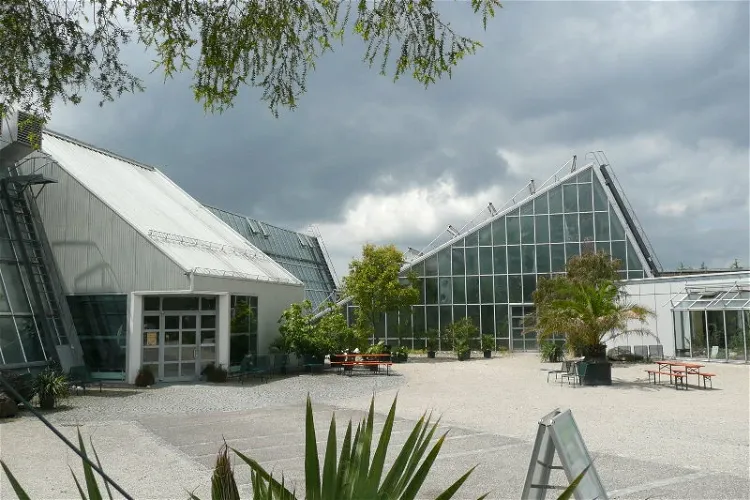
Ecological Botanical Garden
BayreuthThe Ecological Botanical Garden of Bayreuth, also known as Ökologisch-Botanischer Garten der Universität Bayreuth or ÖBG, is a large botanical garden spanning 16 hectares. It is affiliated with the University of Bayreuth, a renowned institution in Germany. The garden is located in the southern part of the city of Bayreuth and the University of Bayreuth.
Museum der Gartenkultur
IllertissenThe Museum der Gartenkultur in Illertissen is a non-state museum that houses around 10,000 exhibits related to the history of garden culture. This makes it the largest museum of its kind in Germany. Visitors can explore a wide range of exhibits that provide a comprehensive understanding of garden culture.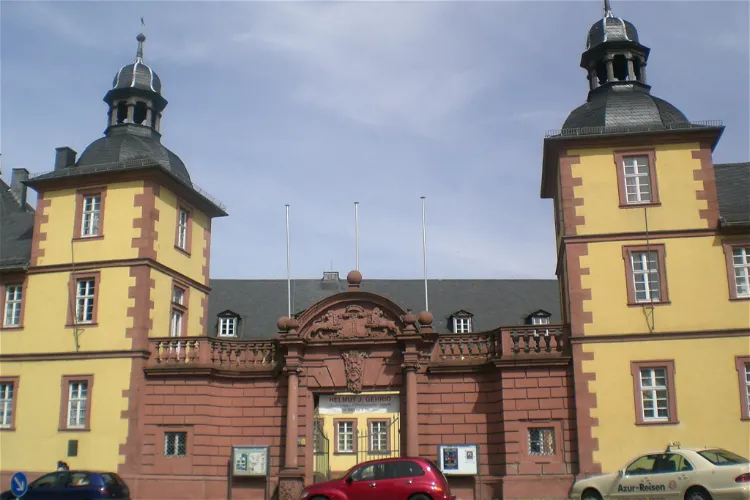
Natural History Museum of Aschaffenburg
AschaffenburgThe Natural History Museum of Aschaffenburg is situated in the historical Schönborner Hof in Aschaffenburg, Bavaria, Germany. This location adds a historical charm to the museum, making it a unique place to explore the natural history of the region.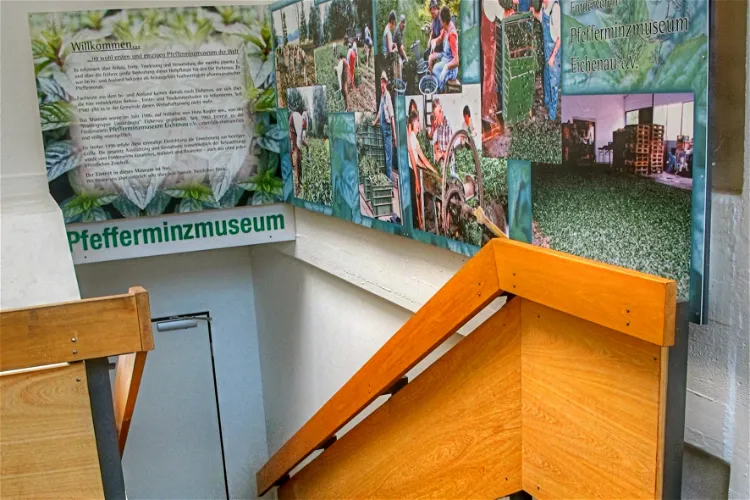
Pfefferminzmuseum Eichenau
EichenauThe Pfefferminzmuseum Eichenau, the only Peppermint Museum in Germany, is situated in the municipality of Eichenau near Munich. It is housed in the premises of the former municipal library, located in the eastern part of the district of Fürstenfeldbruck. This unique museum offers a deep dive into the world of peppermint, its cultivation, and its history.
Natural History Museum
NurembergThe Natural History Museum in Nuremberg exhibits parts of the collections of the Natural History Society Nuremberg. The permanent exhibition in the Natural History Museum in Nuremberg covers the areas: ethnology, prehistory, archeology of Jordan, karst and speleology and geology. Zoology, entomology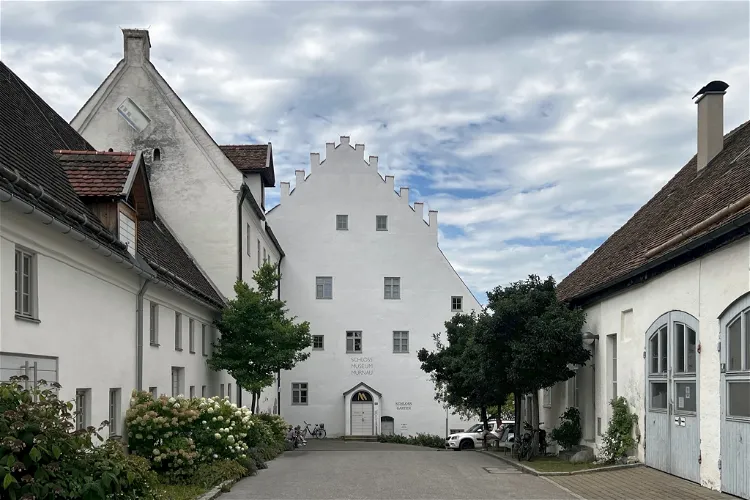
Schlossmuseum Murnau
Murnau am StaffelseeThe Schlossmuseum Murnau is a museum situated in the Bavarian town of Murnau am Staffelsee. It is housed in the Murnau Castle, a structure with a rich history dating back to the Middle Ages. The museum is part of the MuSeenLandschaft Expressionismus, a network of museums dedicated to the Expressionist art movement.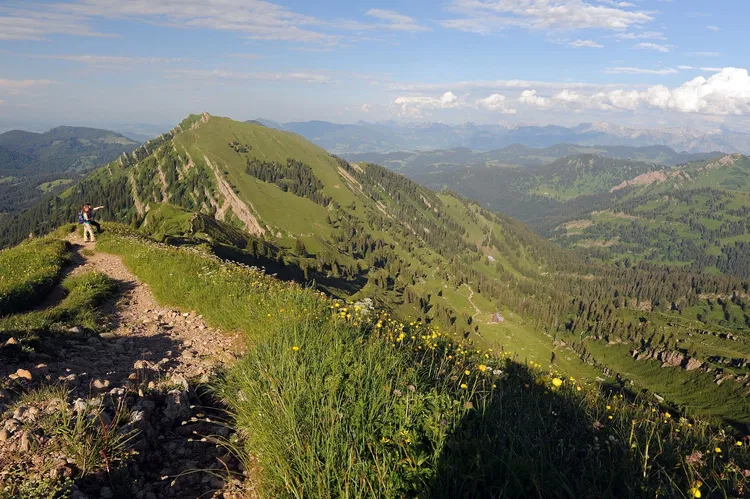
Nagelfluhkette Nature Park
Immenstadt im AllgäuThe Naturpark Nagelfluhkette is a unique cross-border nature park that spans between the German region Allgäu and the Austrian state Vorarlberg. This park is the first of its kind, bridging two countries and offering a diverse range of landscapes and natural beauty. It covers a significant part of the Allgäu Prealps west of the Iller and extends from Immenstadt and the western slopes of the Illertal in the east to the Hirschbergzug in the west. The park's southern border is marked by the Bregenzer Ach, Hirschgundtal, and Rohrmoostal near Oberstdorf, extending to the slopes of the Hochifen.